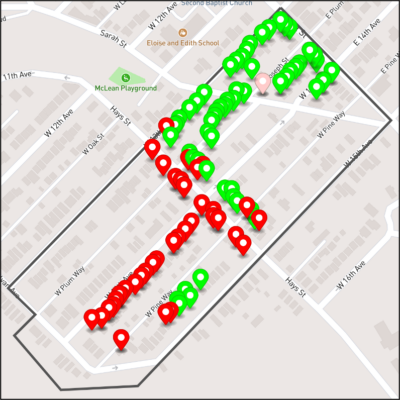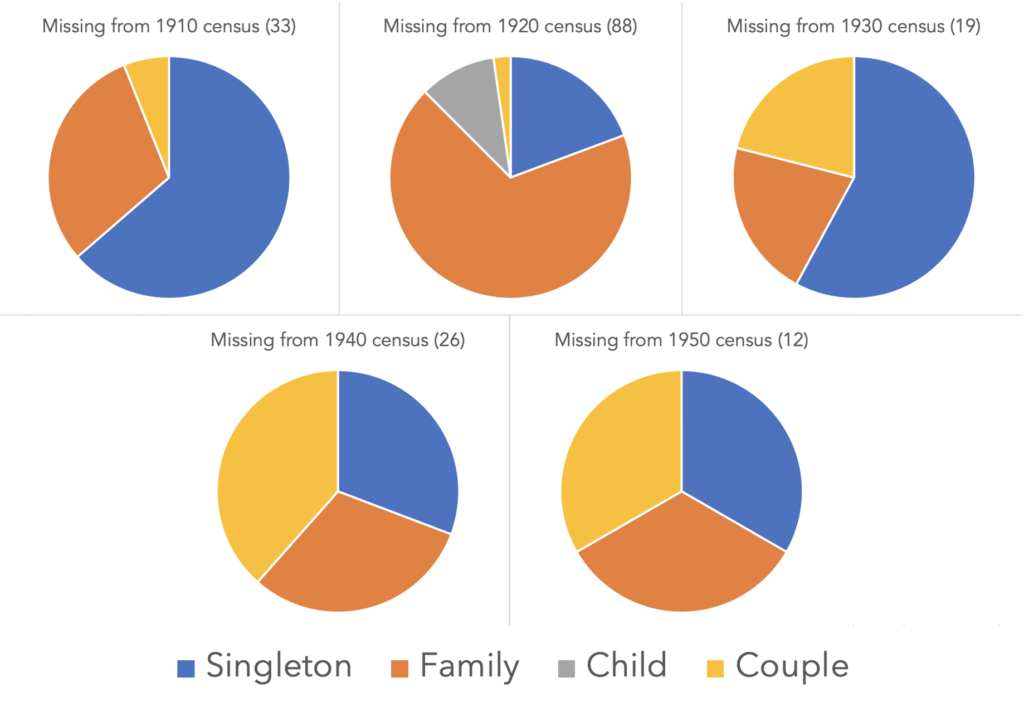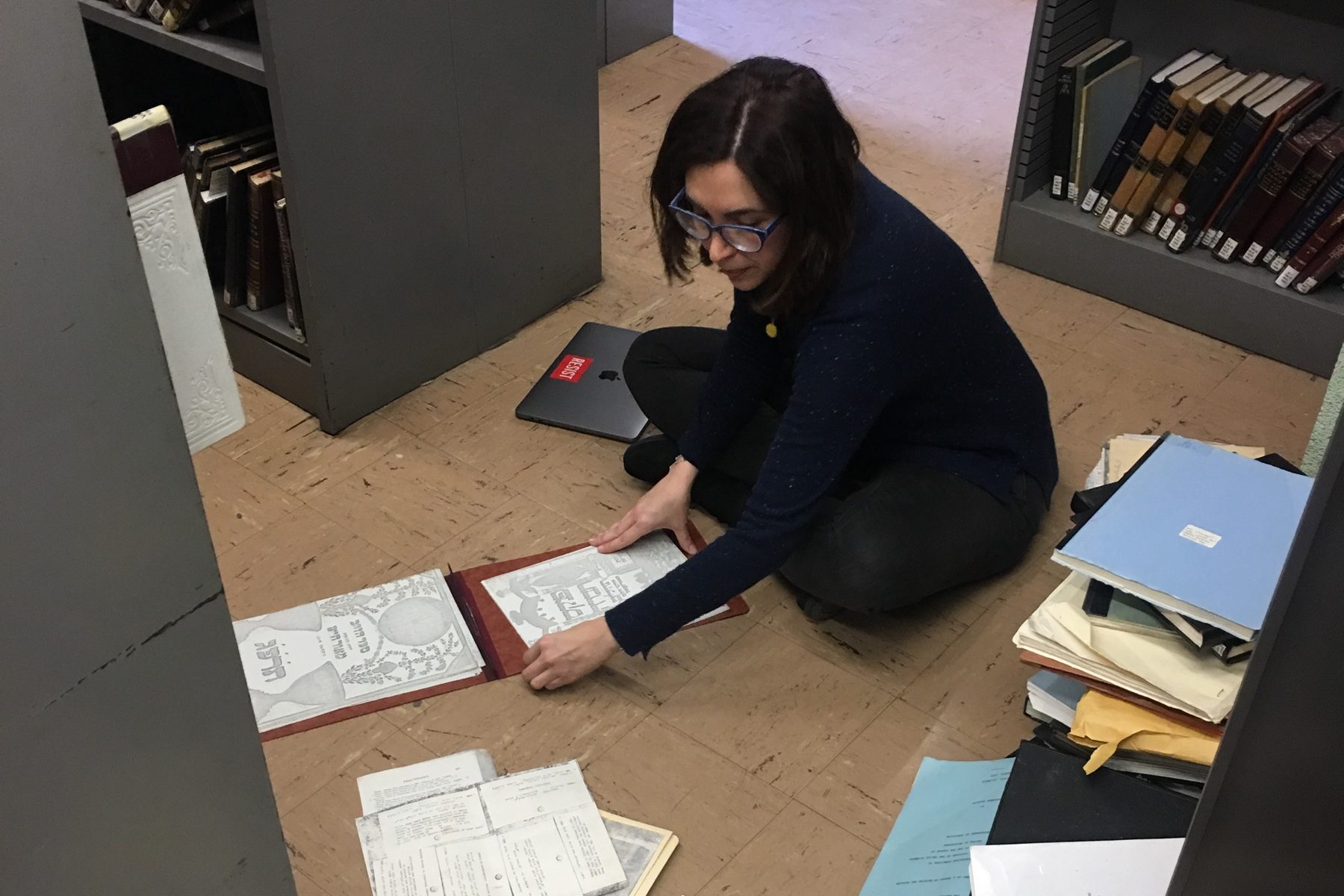
How not to canvass a district
While genealogists have long seen that U.S. federal censuses are an imperfect source, readily discounting mistakes in individual fields, they are not aware of how incomplete each census is. My efforts to identify every Jewish resident of the Homestead District led me to close-read individual enumeration districts in a unique way—and in so doing, discover significant deficiencies that should alter our perception of how reliable the census is.
My first study, “Where are they all kept?”: Undercounted Immigrants in the 1900 Census, demonstrates a 40% undercount of one immigrant neighborhood, explaining my family’s absence from these records in the process. Undercounting minorities is the kind of census issue of which we are generally aware, though we little consider its impact on our ability to research our own families.
My second study, When Henry Silverstein Got Cold: Fraud in the 1920 Census, reveals an issue no one anticipated: what happens when a rogue enumerator does not make a good faith effort to do his job properly? This shocking story went viral—well, as viral as anything gets within the world of genealogy—and got rave reviews.
- “An absolutely brilliant study” —Judy G. Russell, The Legal Genealogist
- “One of the most intriguing pieces of genealogical/historical research I’ve read in a while” —Jennifer Mendelsohn, #ResistanceGenealogy
- “The best piece on family history research that I have read this century” —Dave Obee
- “Amazing,” “astounding,” “incredible,” “absolutely fascinating,” “bonkers,” “very entertaining,” “so interesting,” “extraordinary,” “wacky,” “a stellar piece of detective work,” “a barnburner of a story,” “eye-opening,” “wow!” —Kind people on social media
My final study, The One Where I Obsess Over All the People I Can’t Find in the Census, summarizes all the undercount issues I discovered and recommends research techniques other genealogists can try to overcome their own census search challenges.

Summary pie charts of undercounted Jewish residents of the Homestead District
